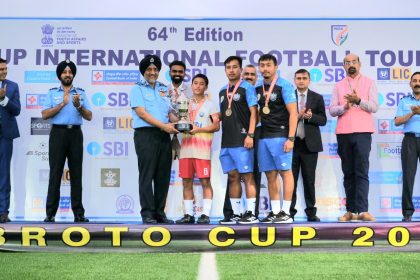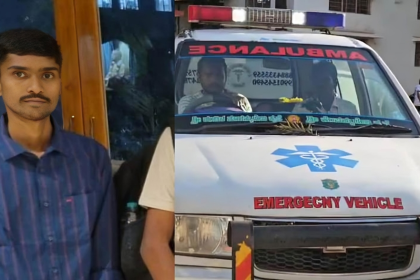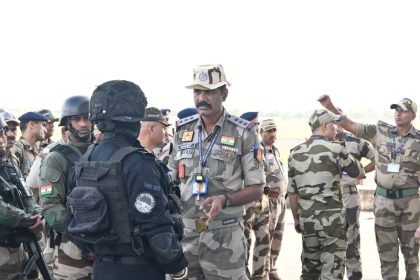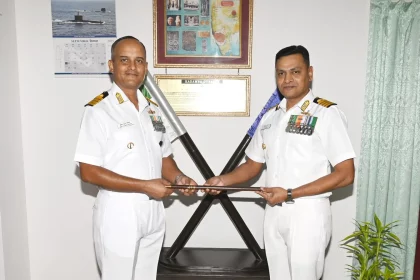Indian Air Force Congratulates Minerva Public School, Mohali, for Winning Sub Junior Boys U-15 Title at Subroto Cup 2025
The Indian Air Force (IAF) recently hosted the 64th edition of the Subroto Cup International Football Tournament, where Minerva Public…
Air Force Engineer, 25, Dies by Suicide After Jumping from Bengaluru High-Rise
Police launch investigation into tragic incident.
CISF, NSG, Delhi Police and Agencies Conduct Massive Anti-Terror Drill at Delhi Airport
The successful execution of this drill reinforces India’s commitment to proactive security.
Rajnath Singh Approves Defence Procurement Manual 2025 to Boost Self-Reliance & Ease of Doing Business
Defence Minister Rajnath Singh has approved the revised Defence Procurement Manual (DPM) 2025, a landmark step aimed at streamlining and…
Captain Amit Kumar Sinha Assumes Command of INS Kadamba in Historic Ceremony
The change-of-command ceremony, attended by naval personnel and marked by traditional military honors.
Indian Army Showcases Technological Innovations at Bathinda Military Station
The "Chetak Corps Ideas & Innovation Competition" at Bathinda Military Station marks a significant step towards transforming the Indian Army.






